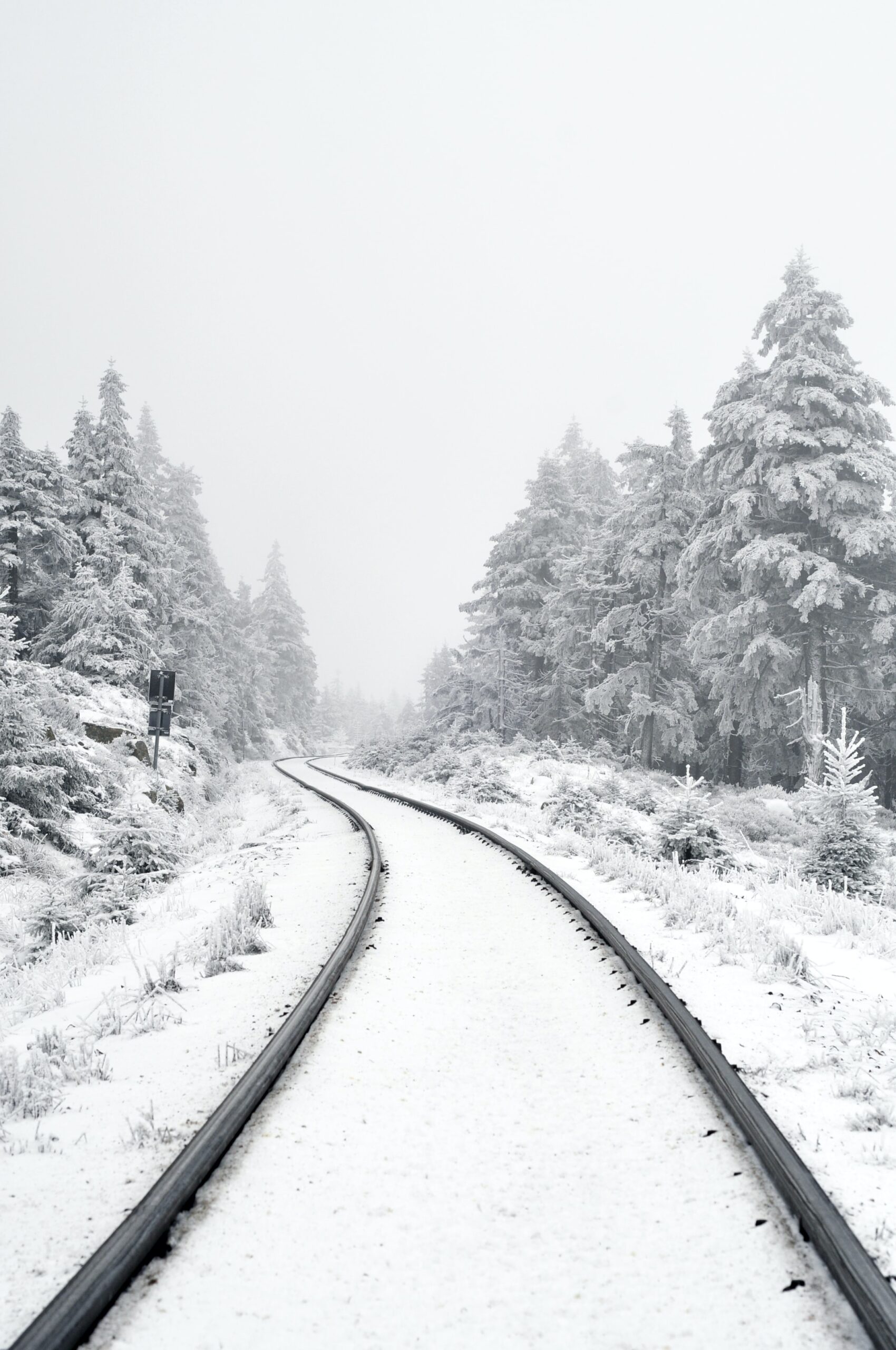I tend to get seasonal depression. By about February or March, I look out the window and my soul just melts into the glass. Every day feels just pointless, like a grind, like getting out of pajamas and eating breakfast is an unworthy labor; the winter seems to stumble on with no end in view.
As a teacher, I saw this creep into student work and experience well. Some were particularly vulnerable. Their work and their grades would slip, the sparkle would dim from their eyes, and they would slump over in their chair, unrecognizable to their former selves. Inevitably though, spring break would come, and they would return like a Phoenix in the spring like nothing had happened.
But as I slugged through another Saturday, laboring to get through the morning rituals of coffee and breakfast and the like (now crutches to my sanity), I suddenly recognized this altered form of reality: seasonal depression…. What was disorienting about it was that it began in November and not in February or March. From what I hear, I may not be alone either.
Roughly 10-20% of the population suffers from a mild version of it, and 4-6% from the major version. According to The National Institute of Mental Health symptoms of the condition include….
- Oversleeping (hypersomnia)
- Overeating, particularly with a craving for carbohydrates
- Weight gain
- Social withdrawal (feeling like “hibernating”)
The treatments are interesting in that apparently the sooner you begin them the more you can avoid slipping further into the hole. They are…
- Light therapy
- Psychotherapy
- Antidepressant medications
- Vitamin D
I can only imagine the condition will become more epidemic with so much social isolation & social distancing. In my next post, I’ll consider some of the treatments mentioned above and the best products to obtain to utilize. Stay safe everyone!






